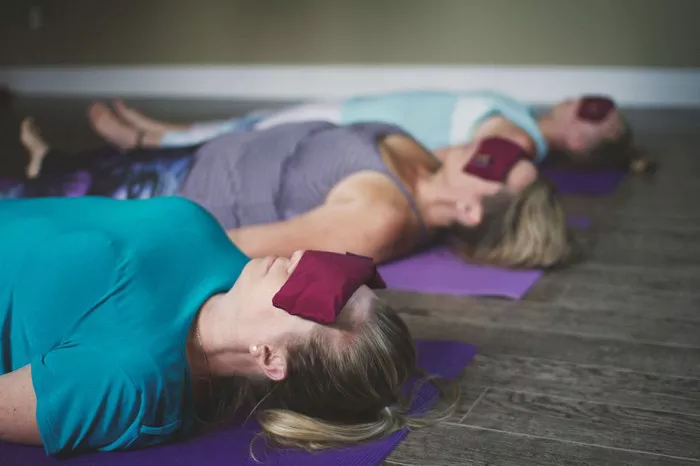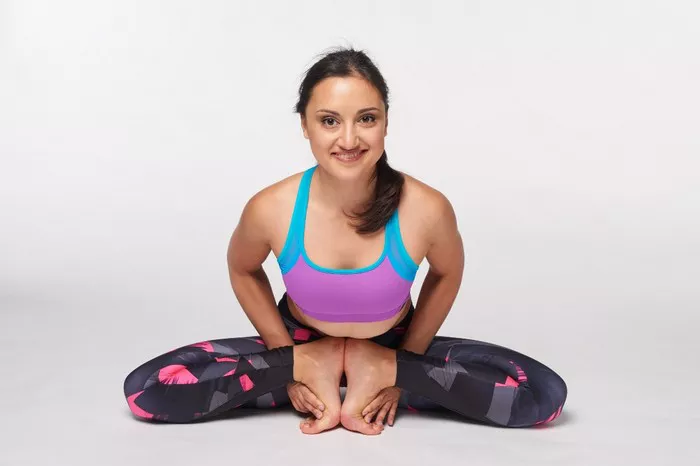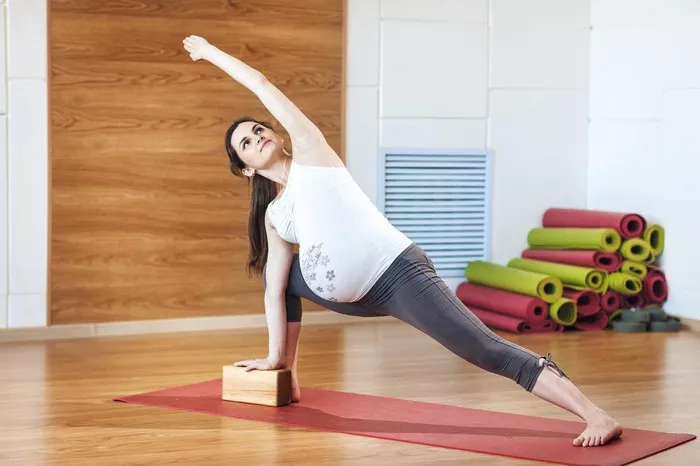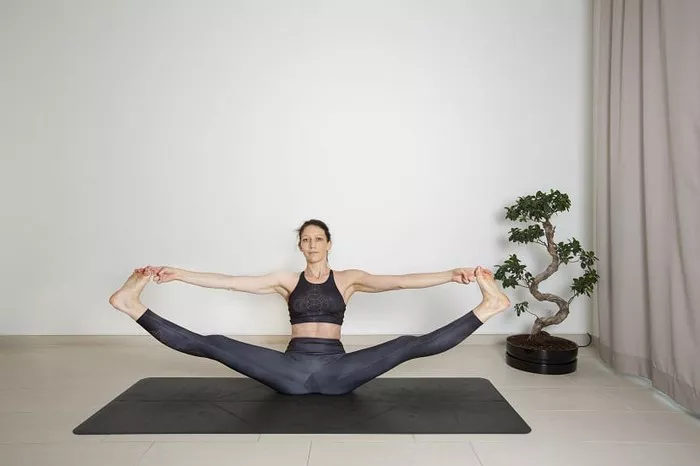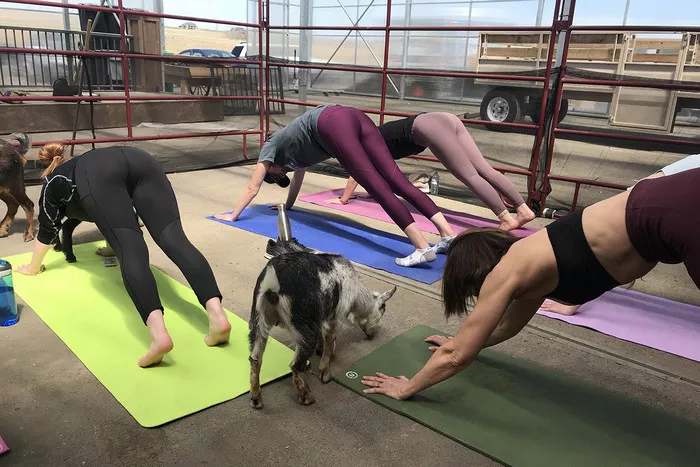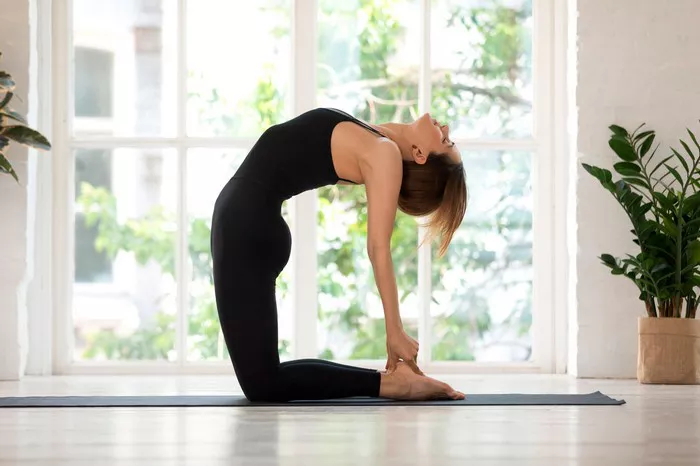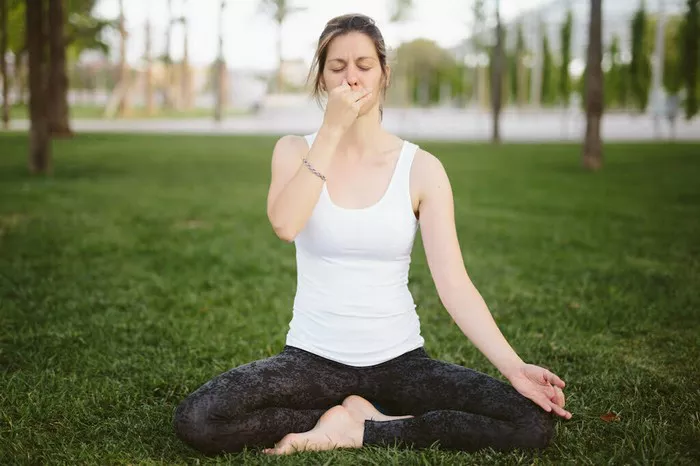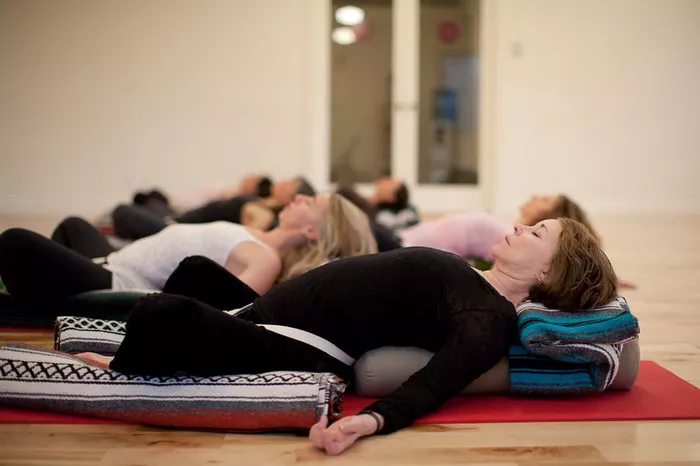In the world of yoga, every posture has its purpose, benefits, and specific alignment. Whether it’s increasing flexibility, building strength, or improving balance, each asana serves a unique function in cultivating a holistic sense of well-being. Among the many asanas, one that stands out is Ardha Chandrasana, commonly known as Half Moon Pose. While it may seem like a simple pose on the surface, the Half Moon Pose is a complex and powerful asana that can dramatically enhance your practice.
In this article, we will explore the purpose of Half Moon Pose, its physical and mental benefits, how to practice it correctly, and how it fits into a balanced yoga routine. Whether you’re a beginner or an advanced practitioner, understanding the full potential of this asana can enrich your practice and bring deeper awareness to your body and mind.
What is Half Moon Pose (Ardha Chandrasana)?
Ardha Chandrasana comes from the Sanskrit words Ardha meaning “half,” Chandra meaning “moon,” and Asana meaning “pose.” The pose gets its name from the shape of the body, which resembles a crescent moon when performed correctly. In this posture, one leg is lifted while the other is grounded, creating a dynamic stretch and engagement across the entire body.
Typically, Half Moon Pose is executed after Warrior II (Virabhadrasana II) and involves balancing on one leg while stretching the other leg and arm in opposite directions. The challenge is to maintain equilibrium and lengthen the body while building strength, flexibility, and stability.
The Purpose of Half Moon Pose
At its core, Half Moon Pose aims to provide a well-rounded range of benefits that affect multiple aspects of physical, mental, and emotional well-being. Let’s break down the purpose of this asana in detail.
1. Improving Balance and Coordination
One of the most obvious benefits of practicing Half Moon Pose is improving balance and coordination. Balancing on one leg, with the other extended in the air, requires engaging various stabilizing muscles. In this posture, the mind must focus on maintaining steadiness, which encourages mindfulness. It strengthens the core and engages the muscles of the standing leg, including the quadriceps, hamstrings, and calves, to keep the body upright and stable.
As practitioners progress, they develop better coordination between their limbs and body awareness, which is helpful in other aspects of daily life and yoga practice. By constantly practicing balance-focused asanas like Half Moon Pose, your body’s proprioception (sense of position in space) improves.
2. Building Core Strength
The core is a crucial element of many yoga postures, and Half Moon Pose is no exception. To maintain stability in the pose, practitioners must engage the muscles of the abdomen, back, and pelvis. The obliques, transverse abdominis, and rectus abdominis all work in unison to support the torso and maintain balance.
This intense engagement of the core muscles leads to improved strength and endurance in the midsection, which can help prevent injury in other yoga poses and in daily activities. Additionally, a strong core supports better posture and spinal alignment.
3. Increasing Flexibility and Range of Motion
Half Moon Pose provides a deep stretch to the hips, hamstrings, and groins. As you extend the lifted leg and open the body, the hamstrings lengthen, and the hip flexors stretch. Meanwhile, the lifted arm reaches upward, creating a stretch in the side body and chest.
The opening of the hips in particular is a major benefit of this asana, as many people carry tightness in this area due to sitting for long periods or lack of flexibility training. Over time, practicing Half Moon Pose can increase your hip flexibility, which not only improves yoga practice but can also help alleviate lower back pain caused by tight hips.
Benefits of Half Moon Pose
The physical benefits of Half Moon Pose are extensive, but its mental and emotional benefits are just as significant. Let’s take a deeper look at how this pose can impact your overall health and well-being.
1. Enhancing Postural Alignment
Half Moon Pose promotes excellent posture, which is essential for both daily activities and overall body health. By opening the chest, lifting the spine, and elongating the sides of the body, Half Moon encourages proper alignment. The lifting of the chest in combination with the extension of the arms also creates better alignment of the shoulders, reducing the risk of tension or strain in the upper back.
2. Strengthening the Legs and Feet
The standing leg in Half Moon Pose plays a central role in maintaining the stability of the pose. By engaging the muscles of the thigh, calf, and foot, practitioners develop strength and endurance in the legs. The standing foot, in particular, should be active, pressing down into the mat to provide a firm foundation.
Strengthening the legs is essential not only for yoga but also for improving functional movement in daily life. Strong legs support the body’s alignment and facilitate better posture, gait, and mobility.
3. Promoting Mental Focus and Clarity
Like many other balancing poses in yoga, Half Moon Pose demands focus and concentration. In order to remain steady, the mind must stay engaged, and distractions must be set aside. Practicing Half Moon encourages a meditative state where the breath becomes an anchor and the mind clears of external thoughts.
This mental focus can be carried off the mat and into daily life, helping to reduce stress and anxiety. Over time, the practice of maintaining concentration in challenging poses fosters greater mental resilience and emotional balance.
4. Improving Flexibility in the Spine
As you extend the limbs and lengthen through the torso in Half Moon Pose, the spine gets a gentle stretch and becomes more mobile. This dynamic stretch helps release tension from the back and enhances overall spinal health.
A flexible spine allows for greater freedom of movement, reduces the risk of injury, and improves overall alignment. The flexibility gained from regular practice of this pose can contribute to better posture and less discomfort from back pain.
5. Releasing Tension in the Body
Yoga is known for its ability to release physical and mental tension. In Half Moon Pose, by focusing on breath and alignment while stretching and strengthening, you can relieve built-up tension in the body. Stretching the muscles in the hips, legs, and spine helps release tightness, while the concentration needed to hold the pose creates a sense of calm.
The release of tension in the body has a direct connection to emotional relief as well. Many people hold stress and negative emotions in their bodies, and yoga poses like Half Moon can help facilitate the release of these emotions, creating a sense of emotional lightness and relaxation.
How to Practice Half Moon Pose
If you are new to Half Moon Pose, it’s important to approach it step by step, ensuring proper alignment to avoid injury. Here’s a simple guide to practicing Ardha Chandrasana:
1. Start in Warrior II (Virabhadrasana II)
To begin, take the position of Warrior II with your feet wide apart, facing the long side of the mat. Ensure that your knees are bent, and your arms are extended parallel to the floor. Focus on grounding through both feet and engaging your core.
2. Shift Weight onto the Front Leg
Begin to shift your weight onto the front leg, ensuring that the knee is aligned over the ankle. Begin to slowly extend the back leg, keeping it straight and strong.
3. Lift the Back Leg
Once the back leg is straight and strong, begin to lift it toward the ceiling, keeping it aligned with your torso. Imagine that your leg is a straight line from the heel to the toes. Keep the hips open and squared, avoiding any collapsing of the torso.
4. Extend the Arms
As you lift the back leg, extend the same-side arm forward and the opposite arm upward, creating a straight line from the fingertips to the lifted toes. Keep your gaze steady, either focusing on a point on the floor or looking up toward your top hand.
5. Engage Your Core and Maintain Balance
Engage your core muscles to maintain balance. Keep your standing leg firm and actively press into the ground with your standing foot. Avoid leaning too far forward or back; instead, focus on stacking your body over the standing leg and lifting the back leg in alignment.
6. Hold the Pose and Breathe
Hold the pose for several breaths, focusing on lengthening the body while maintaining balance. As you breathe, stay focused on keeping your body aligned and steady.
7. Exit the Pose Safely
To exit the pose, slowly bring the lifted leg back down to the floor and return to Warrior II. Take a few moments to reset, and then practice on the other side.
Conclusion
Half Moon Pose is a dynamic and versatile posture that offers a wealth of physical, mental, and emotional benefits. By practicing this asana regularly, you can improve balance, flexibility, and strength, as well as cultivate focus and mental clarity. Its ability to open the body and release tension makes it an excellent tool for both personal growth and physical well-being.
Remember that yoga is a journey, and each practice is an opportunity to explore and deepen your understanding of your body and mind. Whether you’re a beginner or an advanced practitioner, Half Moon Pose can be a valuable addition to your routine, bringing you closer to a harmonious balance between strength and flexibility. Embrace the challenge, and enjoy the benefits that come with this beautiful, crescent-shaped pose.
Related Topics:

